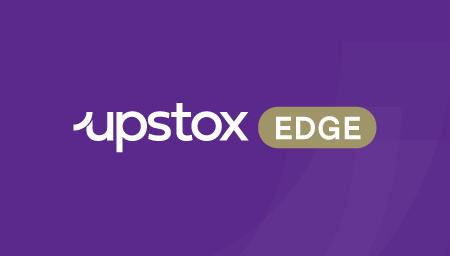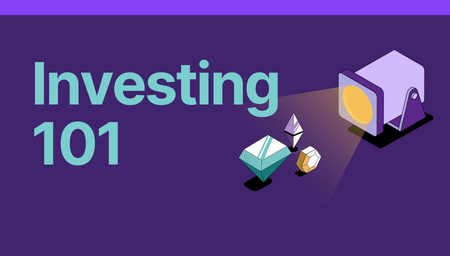What impact does the size of a company have on the investments made in its shares? Does investing in shares of a large company size fetch higher returns than investing in a small company? These are some questions that many potential investors have. Let us address these questions in terms of the equity funds that invest based on the size of companies:
Mutual funds offer large-cap, mid-cap and small-cap equity funds, which invest in large, mid and small-sized companies, respectively. Before we understand what role the size of a company plays in investment decisions, let us understand how the size of a company is calculated. The size of a company is captured in a variable called market capitalisation. Market capitalisation means the market value of all outstanding equity shares of a company. It is calculated by multiplying the price of a share with the number of shares outstanding.
Market capitalisation = Number of shares outstanding x Price of each share
For example, if a share of company A is trading at ₹90 on a stock exchange and the company has 10 crore outstanding shares, then the market capitalisation of the company works out to ₹900 crore.
Market capitalisation keeps changing with the change in stock prices and number of shares. If a company issues more shares, then its total shares go up. If a company announces a buy back of shares, then its number of shares go down.
Now, let us understand the size in terms of categorisation by the Securities & Exchange Board of India (SEBI):
SEBI, the Indian capital market regulator, has issued guidelines to ascertain if a particular stock is large, mid or small cap. Stocks listed on stock exchanges are arranged in descending order based on market capitalisation. The norms for categorisation are as follows:
Large-cap companies – 1st to 100th company in terms of market capitalisation
Mid-cap companies – 101st to 250th company in terms of market capitalisation
Small-cap companies – 251st company onwards in terms of market capitalisation
The list of stocks in each of these categories, i.e. large, mid and small-cap, is prepared by Association of Mutual Funds in India (AMFI) and updated two times in a year. The Nifty 100 index captures the movement in large-cap stocks, whereas Nifty Midcap 150 and Nifty Smallcap 250 index tracks the movement in mid-cap and small-cap universes respectively.
Now, let us understand how these funds differ from each other:
A large-cap fund is an equity fund that invests at least 80% of its money in large-cap stocks. The fund manager can invest the rest of the money in stocks that fall outside the large-cap stocks segment. Most of these large-cap stocks are generally backed by strong businesses with a long operating history. These stocks are tracked by many analysts and there is an ample amount of information available about them. This leaves little scope for mispricing of stocks. Hence, large-cap equity funds are perceived to be one of the less volatile segments among equity mutual funds.
Large cap equity funds have given 20.32% returns in the three years ended October 7, 2021, according to Value Research.1 These funds have registered a standard deviation of 21%. Standard deviation is a measure of volatility—higher the standard deviation, higher the volatility.
A mid-cap fund is an equity fund that invests at least 65% of its assets in mid-cap stocks. Similarly, a small-cap fund allocates at least 65% of its assets in small-cap stocks.
Mid-cap stocks include some strong businesses that have shown high growth for a few years. Some of these have the potential to become much larger and are tracked by analysts. In the past three years ending October 7, 2021, mid-cap funds have given 26.67% returns with a standard deviation of 23.38%.
Small-cap stocks include emerging businesses. Some of them have the potential to post high growth since they are in the initial phase of growth. They are not tracked as much as their mid-cap counterparts. Since there are relatively fewer analysts tracking these companies and less information is available about them, there is a scope for generating high returns for savvy investors who can pick stocks after due diligence. Small-cap funds have given 28.81% returns in the same period with a standard deviation of 27.22%.
How does one navigate these funds?
Historically, it has been observed that if an investor moves from large-cap to mid-cap and then to small-cap segment, then returns go up in the long term. But the volatility also goes up. Large-cap equity funds are preferred by investors looking for exposure to equity but want to contain the downside risk. Investors with the ability to take risks go for mid-cap funds. Investors who can deal with high volatility invest in small-cap funds.
A fund manager’s role is extremely important in small-cap funds. In small-cap schemes, there is a scope for identifying future winners and beat the returns offered by the broad market or the benchmark of the scheme. As one moves towards mid and large-cap stocks, the role of fund managers is limited by the fact that most of the information is already available and the share price of companies reflects all available information. It has been observed that very few large-cap equity funds outperform their benchmarks. According to SPIVA India Scorecard,2 in the three-year period ended June 30, 2021, 86.67% schemes underperformed the large-cap benchmark – S&P BSE 100 index. (). Due to this underperformance, investors gradually have moved their investments into passively managed index funds. Index funds are equity schemes that track the performance of a given index. The fund manager of an index fund buys stocks in a given index in the same proportion as they are in the index.
Despite this trend, it has been observed that investors prefer actively managed mid-cap and small-cap funds. Actively managed funds are those equity schemes where fund managers decide constituents of a portfolio.
With these facts in mind, investors can decide for themselves which category of investments will suit their investment goals.



